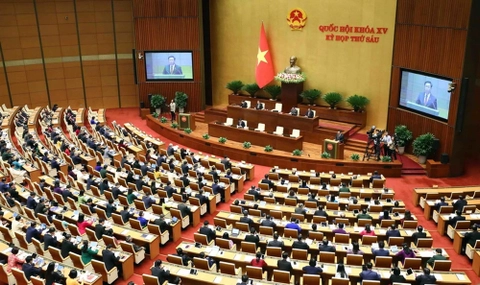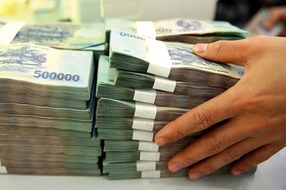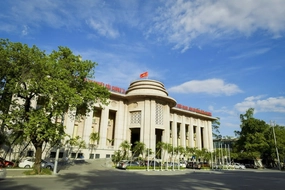
Revised Law on the Capital enacted
The revised Law on the Capital was passed by the 15th National Assembly on June 28, 2024.

The revised Law on the Capital was passed by the 15th National Assembly on June 28, 2024.

On June 18, 2023, the State Bank of Vietnam hereby promulgates the Circular No. 06/2024/TT-NHNN on amending and supplementing a number of articles of Circular No. 02/2023/TT-NHNN on credit institutions and foreign bank branches carrying out debt rescheduling and maintaining loan categories in order to help their clients facing difficulties.

On June 07, 2024, the State Bank of Vietnam issues the Circular No. 05/2024/TT-NHNN on repealing a number of legal documents promulgated by the Governor of the State Bank of Vietnam.

On May 15, 2024, the Minister of Transport promulgates the Circular No. 13/2024/TT-BGTVT prescribing the mechanism and policies for the management of domestic air transport freight and aviation service prices

The State Bank of Vietnam (SBV) has issued Circular 3/2024/TT-NHNN providing the trading and handling of non-performing loans by the Vietnam Asset Management Company (VAMC) of credit institutions.

On April 19, 2024, the Ministry of Planning and Investment of Vietnam issues the Circular No. 05/2024/TT-BKHDT on elaborating provision and publishing of information on bidding and selection of contractors on Vietnam National E-Procurement System

On April 22, 2024, the Ministry of Industry and Trade issues the Circular No. 08/2024/TT-BCT on amending and supplementing Circulars of the Minister of Industry and Trade in the field of import and export.

The Prime Minister on May 22 directs the building of the socio-economic development plans and state budget estimates for 2025 amid fast and unpredictable changes in the world situation.

On February 29, 2024, the Prime Minister issues Decision No. 209/QD-TTg on approving the Plan on abolishment or simplification of business regulations within the scope of management functions of the Ministry of Industry and Trade in 2024.

Decree No. 50/2024/ND-CP of the Government on amending and supplementing a number of Articles of the Decree No. 136/2020/ND-CP detailing a number of articles and measures to implement the Law on Fire Prevention and Fighting.

On May 09, 2024, the Government issues the Decree No. 48/2024/ND-CP on amending and supplementing a number of articles of the Government’s Decree No. 130/2018/ND-CP detailing the Law on E-Transactions regarding digital signatures and digital signature authentication services.
